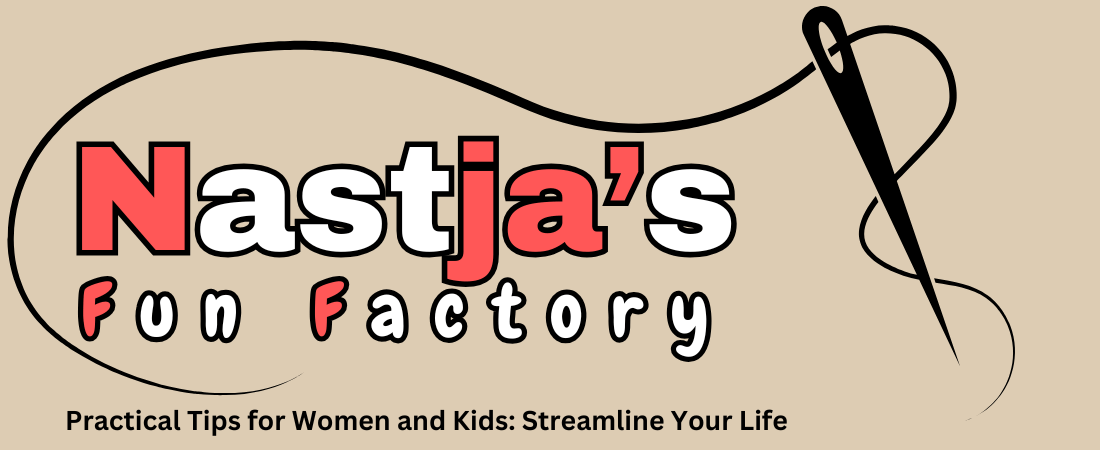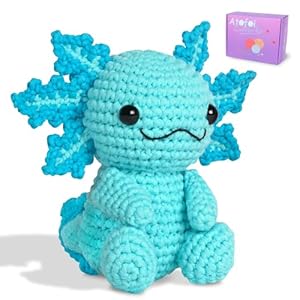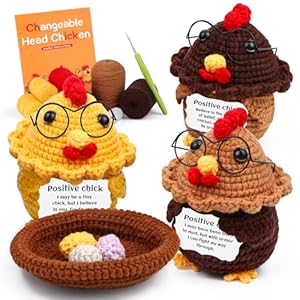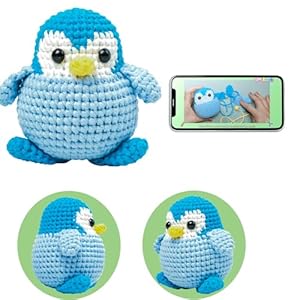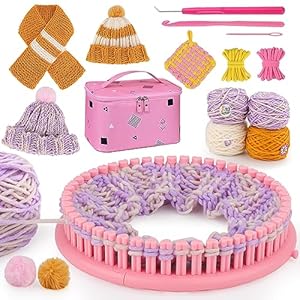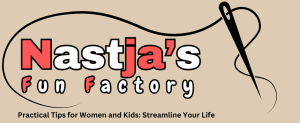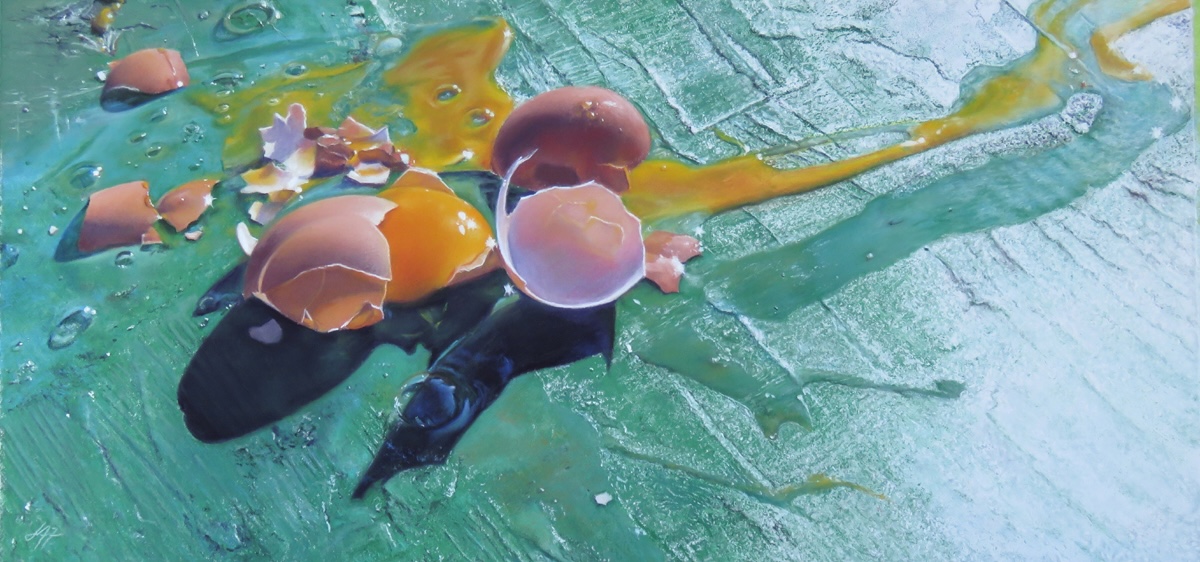
Welcome guest Julie Freeman! I’ve known Julie’s work for many years and always marvelled at the intensity of life that seems to vibrate from each piece. I’ve written about her work twice before, in 2018 and 2015, and I’m now delighted to have her as a guest blogger on HowToPastel.
Before we get going, a wee bit about Julie Freeman.
Julie Freeman Bio
Julie Freeman, a self-taught hyperrealist artist specializing in pastels, has refined her skills over the years. Her dedication to realism is evident in her work, which has earned her international recognition. She holds many prestigious titles including Master Circle Status with the International Association of Pastel Societies (IAPS/MC), Master Pastelist with the Pastel Artists of New Zealand (MPANZ) and Australia (MPSA). She is also a Signature member of the Pastel Society of America (PSA).
And now, here’s Julie!
~~~~~
What follows is an introspective look into the evolution of my artistic identity and creative expression. It’s my journey of self-discovery, from the early years of experimentation with various mediums to the revelation of my true artistic calling. It’s a celebration of my unique voice and vision, emphasizing the importance of authenticity and passion in artistic expression.
My journey with pastel started in 2009 when working in an art supplies store. I had dabbled with acrylics, graphite, and coloured pencil in previous years, but discovering pastel was a game changer for me. The medium’s versatility, immediacy, and blending capabilities allow me to achieve a level of realism that I strive for. A bonus is that pastels require no drying time or solvents and have minimal clean-up, allowing me to leave and return to the same image without interruption. Using pastel pencils and soft pastels, I can utilise the qualities of both, the detailing with the pencils and the intense colour and ease of blending with soft pastels. This ease of use and the ability to create intricate, lifelike details make pastels my medium of choice.

I recently had a revelation while reading about the differences between photorealism and hyperrealism. I had never felt comfortable calling myself a photorealist as I’ve always felt that my work transcends mere photographic representation. Since childhood, I’ve been driven by a desire to infuse life into my subjects. Whether working on animals, seascapes, florals, or still life, my goal is for the viewer to experience the work through all their senses.
Here are the definitions and why I now will call myself a hyperrealist.
Photorealist
The genre of Photorealism originated first in the mid-20th Century and came from the USA. The primary goal of the photorealist artist is to reproduce the 2D photograph (usually in paint) and distance themselves from adding intent or emotions into their artwork.
Hyperrealist
Hyperrealism by contrast is about more than just technique and allows for a less restrictive interpretation of reference images. Hyperrealist artists will infuse their artwork with feelings (emotion) and/or a story (narrative) and work across a wide variety of mediums (including – pastel, watercolour, oil, acrylic, graphite, coloured pencil, and even sculpture and printmaking amongst others).
Wikipedia says this:
“Hyperrealism, although photographic in essence, often entails a softer, much more complex focus on the subject depicted, presenting it as a living, tangible object. These objects and scenes in hyperrealism paintings and sculptures are meticulously detailed to create the illusion of a reality not seen in the original photo. That is not to say, they are surreal as the illusion is a convincing depiction of (simulated) reality. Textures, surfaces, lighting effects, and shadows appear clearer and more distinct than the reference photo or even the actual subject itself.”

I love creating textures of animal hair that you can feel, the movement and rush of water in a wave, and the taste of a freshly peeled orange. I want my work to hit a note, to elicit a response, or to have an emotional connection for someone.
People are always asking me how do I achieve realism? Well, I would say many hours at the easel, studying my subjects, feeling the textures, and having a passion for my subject/genre – they all definitely play a part. I am a perfectionist and I think most hyperrealists are.
The reality, however, is I don’t know whether I can pinpoint a definitive answer, what happens from my brain to my hand seems intangible. Every artist has their own way of working, their own mark-making, and their own passions, that is what makes us unique. We need to listen to our inner voices when it comes to the style of work/subjects that give us the most joy to create.

I am a studio artist. I enjoy the comfort of the space and I share it with my husband Michael (also an artist). My time in the studio can vary depending on deadlines ( if any), so anywhere between three hours and eight hours a day is typical.
There will always be times when I’m busy with other things, but there’s always a need to get back to the studio whether it’s to work on something for myself or on a commission. Some days can be quiet and peaceful, working on a new piece, sorting pastels, or tidying the space, while others are busy and broken up with teaching.
Much of my inspiration comes from road trips, so I carry my camera almost everywhere, always ready to seize any opportunity or spark that might arise. I always use my own photographic reference – it’s an integral part of my process and my vision and it gives me the control over composition and the details that I need. I could take hundreds of photos and only find one or two that I can connect with or visualise as a finished pastel painting. The exception would be commissioned work, and then I also prefer to take the images myself whenever possible.

While many artists, particularly those in the impressionist area, will do thumbnails and notans as part of their planning, I take numerous photos from different viewpoints, ranging from closely cropped to wide-angled shots, to ensure I capture as much detail as possible. I also mentally note particular colours from the scene if they aren’t captured in the reference. This meticulous process is crucial because once I leave a location, it’s not easy to go back for additional information. When viewing a particular subject, I’m doing it through the lens, that is what I am seeing. Often the image is not what my eye sees and can give me a new perspective.
The detailing in my work relies heavily on the information I gather. I choose what I want to show, the must-haves, and the not necessary. I might be happy with the overall composition, or I might take out or insert elements, while I might push colour and contrast. These are all decisions I make. Very rarely would I be completely happy about an image without some adjustment. I do not necessarily put in every detail – I can still achieve the realism and the feeling without being precise.

My digital photos uploaded to my computer provide the flexibility to experiment. In design programmes such as Photoshop, I can manipulate these elements, create different compositions, and adjust colours and values. It allows me the opportunity to refine my work. The combination of photography and digital design tools enables me to explore new creative possibilities and push the boundaries of realism in my art.
My subject matter is varied, encompassing a wide range of themes. I do work in a series with some of my subjects, but they are not always done consecutively. I prefer to mix them up a bit, to keep my interest and enthusiasm, and ultimately, to produce better work. I’m particularly drawn to colour, texture, and light in my subjects.
My artistic journey is intertwined with my love for nature and wildlife. Road trips offer endless inspiration, and this constant exposure to diverse environments fuels my creativity and informs my artistic choices. Whether it’s the texture of an animal’s fur, a stormy seascape, or the intricate patterns of leaves, each element contributes to the richness of my compositions.
More recently. I’ve been exploring Still Life and setting up my own compositions. This is a very different way of working, as I’m creating compositions with chosen objects rather than finding an existing scenario and cropping to suit.

I enjoy utilising shadows in my compositions, so playing with the light source and seeing what works and the interesting shapes created, all add another dimension to the work. I’m also interested in material and compositions that are not usual for a still life, so will continue to explore this more.
I like to go beyond direct photographic representation, selecting portions of images to create a new and unique composition. My kelp series was one such example and my references continue to offer inspiration. The opportunities that photographs offer when under close observation can be many, discovering colours and details not always seen en plein air. Yes, I understand some of the limitations of photographs with blown-out whites, shadow areas with no depth, and foreshortening, but these can be overcome with experience and knowledge.



I particularly enjoy producing work that blurs the lines between realism and abstraction, working realistically but the subject can also be seen as abstract. Although all artwork is abstract, it’s our brains that just recognise familiar subjects and make the connection.
When decisions have been made with regards to the image and composition, I lay down an underdrawing in pastel pencil. Depending on the complexity of the reference, I typically either draw freehand or with a grid.
I’m using Clairefontaine Pastelmat almost exclusively but will occasionally work on Art Spectrum Colourfix. They have different coloured surfaces and then there’s also the ability to go bigger with the Colourfix primer which you can use on any surface. Sometimes I will set my underdrawing with a small wet synthetic brush, going over the line work, as pastel is water soluble and this creates a non-erasable drawing. I like to fill in areas of darker values and even lighter ones, creating shapes rather than just line work. This makes the piece far easier to read. I have not explored underpaintings yet but would definitely like to try that technique.

Colour matching is an area I feel very comfortable with and it’s improved over time. I can see whether a colour is a tint or a shade, and I find that extremely useful when working with colours and values. I have a good selection of soft pastels and pencils but there will always be a time when I cannot quite find the colour I’m looking for, so experimenting and blending with colours is something I do regularly.
I work methodically, moving from left to right, top to bottom, and from the background to the foreground. I use a colour reference on my tablet, which allows me to zoom in for fine details. I also keep a black-and-white printed version nearby to regularly check values and measurements. I almost always use a daylight lamp as I find it essential to cover the windows, especially in the afternoon, to prevent glare on the screen. I’ve noticed that the colour temperature on the screen shifts from morning to afternoon, so I’m mindful of this and often choose to work either in the morning or the afternoon accordingly.





I’ve made it a habit to regularly record my process, whether through photographs or video. I regularly share these on social media as followers enjoy seeing the behind-the-scenes work. The time I spend on a piece can range from six to 100 hours, depending on its complexity. Documenting the progress is also a valuable tool for students, allowing them to review each stage of the process.
When my pastel is completed, I will take a final photograph. This can be used for social media or competition entries. I always make sure the image is an accurate colour match to my piece. If I decide to produce signed limited edition prints, they will be taken to my printer who will professionally photograph them. I will check the giclee print for accuracy of colour and keep that in my files, but often there’s no need for any changes. My printer will also have the file so I can print on demand. He is only 15min away so quite handy for me!

I’m also lucky to have a framer nearby who knows how to frame pastels and who has set parameters (frame and mat) so I can bring a piece in, check the dimensions, and it’s quickly sorted.
Beyond my personal practice, I enjoy sharing my techniques and insights with others. I offer workshops with my husband Michael and private tuition from my studio, helping aspiring artists develop their skills and discover their own artistic voices. My teaching approach emphasizes the importance of observation, the benefits of digital tools, and the joy of experimenting.
My art is a continuous exploration of the world around me, captured through my lens and transformed on the canvas. Driven by this passion and dedication, I aim to transcend the boundaries of mere photographic reproduction, offering viewers a richer, more immersive experience. By merging traditional techniques with modern technology, I strive to create pieces that resonate with viewers and evoke a deeper appreciation for the beauty and complexity of our natural world.

Thought process for the artwork “Empty Nest”
I discovered a fallen nest in our backyard, complete with remnants of eggshells. The beautiful colours and shapes of the shells immediately inspired me to create a new pastel artwork. Having worked with eggshells before, I am particularly drawn to their colours and shapes, especially when broken.

Preparation and Questions
To start, I considered several questions:
- What viewpoint should I use?
- Portrait or landscape?
- What colour background would be best? Dark or light?
- Outdoor setup or studio lighting?
- Could I add any additional elements?

Setting Up the Photoshoot
I decided on an indoor setup, so did a photoshoot in our dining room with a daylight lamp, initially using a dark cloth background to create contrast against the light nest. After taking about 15 shots, I discarded several. Upon reviewing the different viewpoints, I found that the overhead perspective was the best choice. It showcased the shape of the nest enveloping the eggs, the splayed grasses, and the shadows, adding more interest to the composition.

Background Selection and Further Adjustments
I wasn’t satisfied with the dark background, so I opted for a more harmonious one that related to the eggs. I found a prop styling board that my daughter uses which looked much better. I took more photos, paying attention to the shadows, specifically the large cast shadow from the nest, the thinner ones from the splayed grasses, and the contrast inside the nest against the eggs. I rearranged the eggshells to create a light-against-dark effect for added interest. I particularly liked how the composition drew the viewer’s eye to the centre of the nest, focusing on the eggshells. To soften the edges of the cast shadow, I adjusted the light source.

Additional Elements and Format
I added feathers to the composition as they are part of the narrative and I had been eager to use them. Instead of a portrait format, I chose a square one to reduce negative space and create a different visual impact. Reflecting on the birds leaving the nest, I decided to include silhouettes in the background.

Final Choices
While I could have used the green hues from the reference, I chose a bluer green colour from Unison Colour pastels. The final piece was created using a combination of soft pastels and pastel pencils on Pastelmat, measuring 40cm x 42cm.


~~~~~
WOW!!! All I can say is Julie Freeman must have a LOT of patience! Extraordinary work don’t you think??
It’s time to let us know your thoughts and questions so do please leave them in the comments below.
Until next time,
~ Gail
Trending Products
